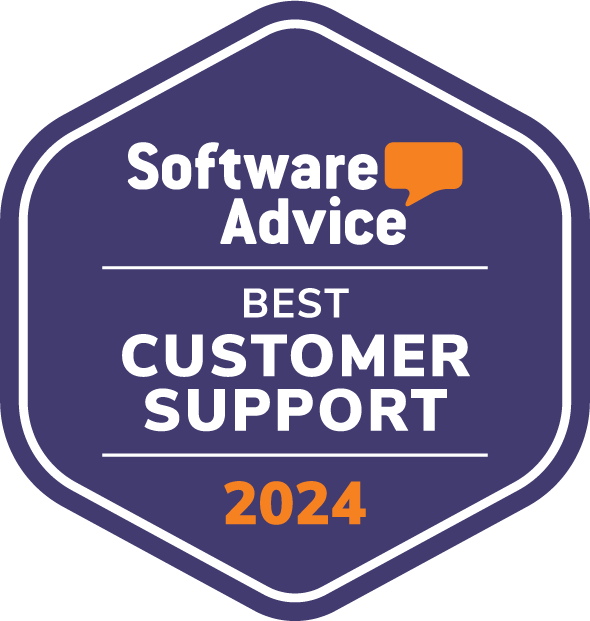Digital transformation has disrupted, changed, and improved the way logistics companies track packages, airlines sell flights and media companies deliver programming and content. Marketing departments rely on analytics to guide their efforts, while software-as-a-service offerings have employees all around the world working through cloud-based applications. And savvy retailers are embracing the digital transformation to their pricing.
Digital transformations have impacted nearly every aspect of today’s marketplace, and pricing is no exception. For businesses to stay on pace with their competitors and consumer expectations, they need to incorporate leading pricing techniques.
A true pricing digital transformation means moving beyond rule-based spreadsheets and stepping away from manually inputting competitor offerings into your database. It requires a tool capable of capturing competitor pricing from across the web, understanding the role consumer behavior plays during the purchase process, and contextualizing the price within the business’ pricing strategy.
Dynamic Pricing through Digital Transformation
In 2018, Quicklizard entered negotiations with a large business enterprise. The company was keen on working with us, but they wanted to make sure that we would live up to their standards of excellence. So they contacted Early Metrics, a company that helps other companies evaluate third-party service providers, start-ups and potential investments.
Creating a Healthy Ecosystem
The digital transformation has changed the way a number of businesses generate pricing. Online travel agencies, grocery stores, and electronics retailers are just three verticals that have seen dramatic changes in the way pricing is calculated over the past few years.
Dynamic pricing looks at a number of internal and external factors to create pricing designed to maximize sales. These cloud-based tools factor in wholesale pricing, consumer behavior, and competitive prices as it calculates a price point. The system recommends prices for each item, which can be implemented at both an online and brick-and-mortar outlet.
The process can run constantly, or be set to run at specific hourly, daily, or weekly intervals. The transformation that takes place is remarkable. When done correctly, the system figures out the right price to meet strategic corporate goals. Recommendations will differ based on whether a corporation is looking to maximize profits or market share, and whether it looks at national competitors or just the prices available in the area.
Dynamic Pricing as a Tool
It’s important for businesses to understand that dynamic pricing isn’t a strategy; it’s a tool that helps enterprises implement their strategy. If the pricing strategy is to charge higher prices and offer a superior level of service, the dynamic pricing tool will guide you to optimal profit price point within the strategy. Similarly, if the strategy is to maintain a price point that is within 2% of the leading retailers on Amazon, the system will recommend the right pricing levels.
However, it is a tool that brings a strategy to life. Rather than having pricing managers constantly scan competitor sites, dynamic pricing brings the information to your fingertips. Blending a combination of machine learning, artificial intelligence, and consumer behavior, these recommendations allow businesses to implement the pricing strategy that they believe will be most effective for their market.










